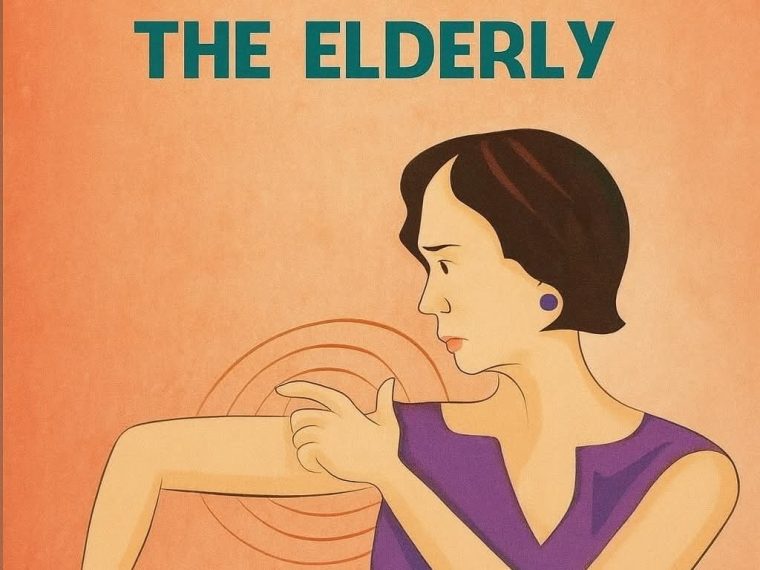⚠️ 7 Signs of a Mini Stroke in the Elderly You Should Never Ignore
A mini stroke, also known as a Transient Ischemic Attack (TIA), happens when blood flow to the brain is temporarily blocked. While its symptoms often disappear within minutes or hours, a TIA is a critical warning sign that a major stroke could follow soon — sometimes within days.
Recognizing the early symptoms of a mini stroke, especially in older adults, can literally save a life.
Here are the 7 key signs to watch for in seniors. 👇
🧠 1. Sudden Numbness or Weakness
One of the most common symptoms is sudden numbness, weakness, or paralysis, especially on one side of the body — the face, arm, or leg.
A quick test: ask the person to raise both arms. If one arm drifts downward or can’t stay up, it may be a sign of a mini stroke.
🚨 Don’t ignore this — even if the feeling returns to normal after a few minutes.
🗣️ 2. Trouble Speaking or Understanding Speech
During a TIA, the person may slur words, speak incoherently, or struggle to understand what others are saying.
Speech may sound slow or garbled, as if the person is confused or intoxicated.
This happens because blood flow to the language centers of the brain is temporarily interrupted.
🕐 If this happens suddenly, seek medical help immediately.
👁️ 3. Sudden Vision Problems
A mini stroke can cause blurred or double vision, or even temporary blindness in one eye.
Seniors may describe it as a “curtain” or “shadow” falling over their vision.
This symptom may last only seconds — but it’s a red flag for reduced blood flow to the brain or optic nerve.
🚶♀️ 4. Loss of Balance or Coordination
Elderly people who suddenly stumble, lose coordination, or feel dizzy may be experiencing a mini stroke.
They might have trouble walking straight, appear unsteady, or lose their sense of direction.
Since balance is controlled by the cerebellum, even a brief blockage can cause instability.
😵💫 5. Sudden Confusion or Memory Problems
A mini stroke can cause brief episodes of confusion, disorientation, or trouble recognizing familiar places or people.
These episodes may be mistaken for forgetfulness or fatigue — but sudden cognitive changes are a hallmark warning sign.
🧩 Any unexpected confusion should be treated as an emergency, not “just old age.”
🥴 6. Severe, Sudden Headache
While headaches are not always present, some mini strokes trigger intense, sudden pain — especially if caused by a temporary blood vessel spasm.
This is different from a regular headache: it often strikes out of nowhere and feels like sharp pressure or bursting pain.
🕐 7. Facial Drooping
Ask the person to smile. If one side of the mouth droops or looks uneven, it’s a strong indicator of a TIA or stroke.
This happens because the nerves controlling facial muscles are affected by the brief disruption in blood flow.
🏥 What to Do Immediately
Even if symptoms disappear, treat every TIA as an emergency.
Call emergency services right away (e.g., 911) and describe the symptoms clearly.
Early medical attention can:
- Prevent a full stroke
- Help doctors identify blocked arteries or clots
- Reduce the risk of long-term brain damage
⏰ Remember: Time lost is brain lost.
❤️ Prevention Tips for Seniors
- Monitor blood pressure regularly
- Control diabetes and cholesterol
- Stay active with light daily exercise
- Avoid smoking and limit alcohol
- Eat a heart-healthy diet (rich in fruits, vegetables, and whole grains)
- Take prescribed medications exactly as directed by a doctor
🧩 In Summary
A mini stroke is a serious warning sign — not a harmless episode.
Recognizing these seven symptoms early and taking immediate action can prevent permanent damage and even save a life.
🚨 Don’t wait for it to “pass.” When it comes to strokes, every second counts.





